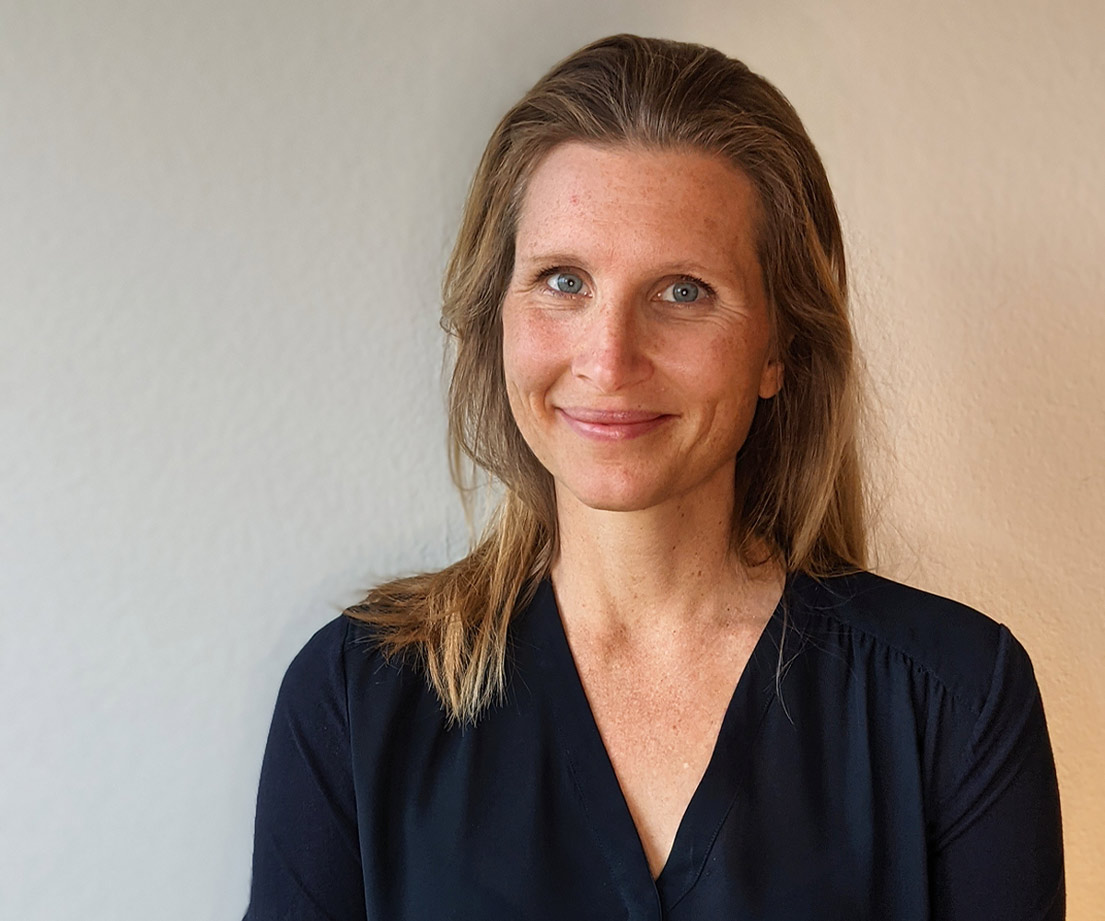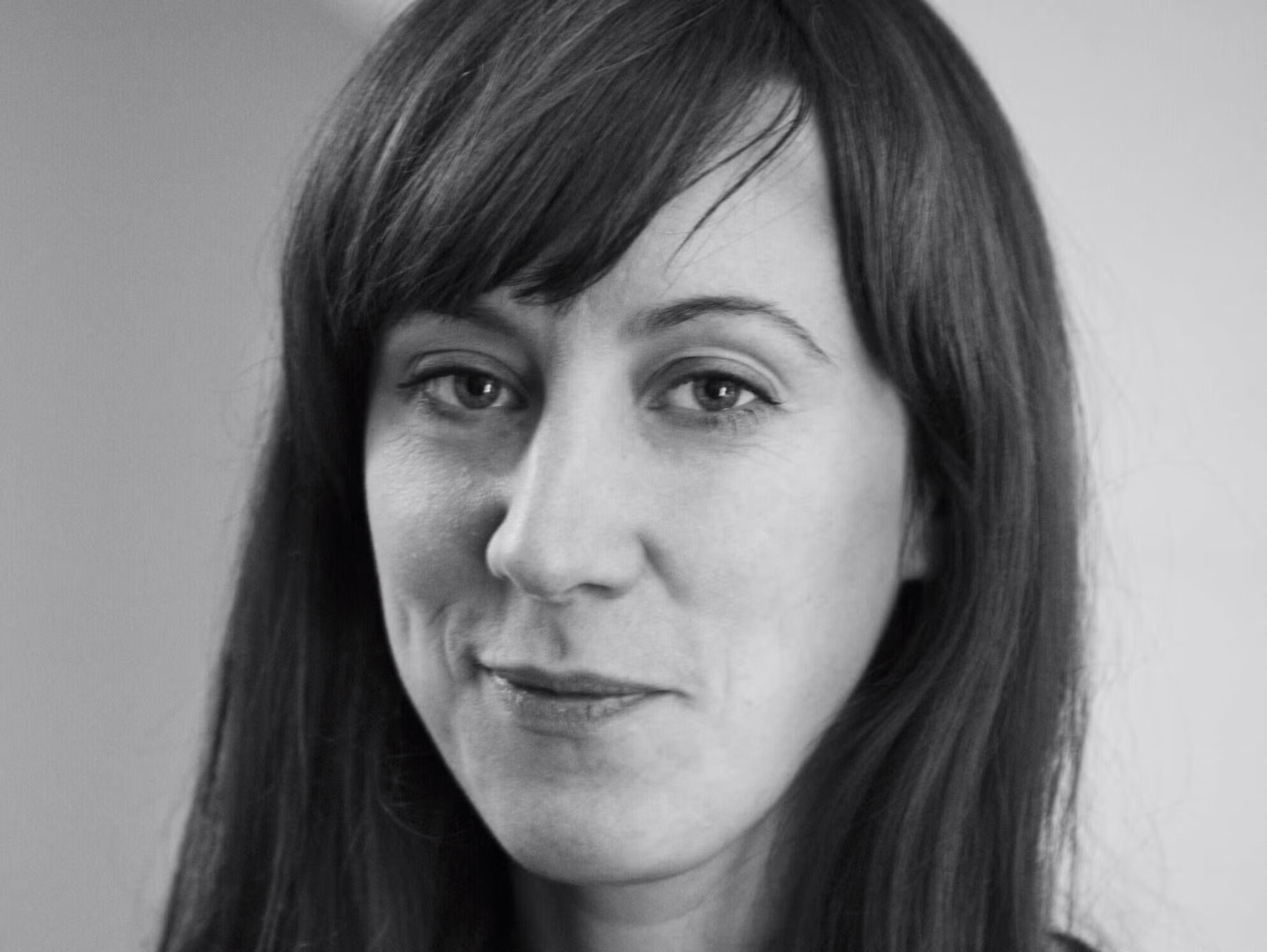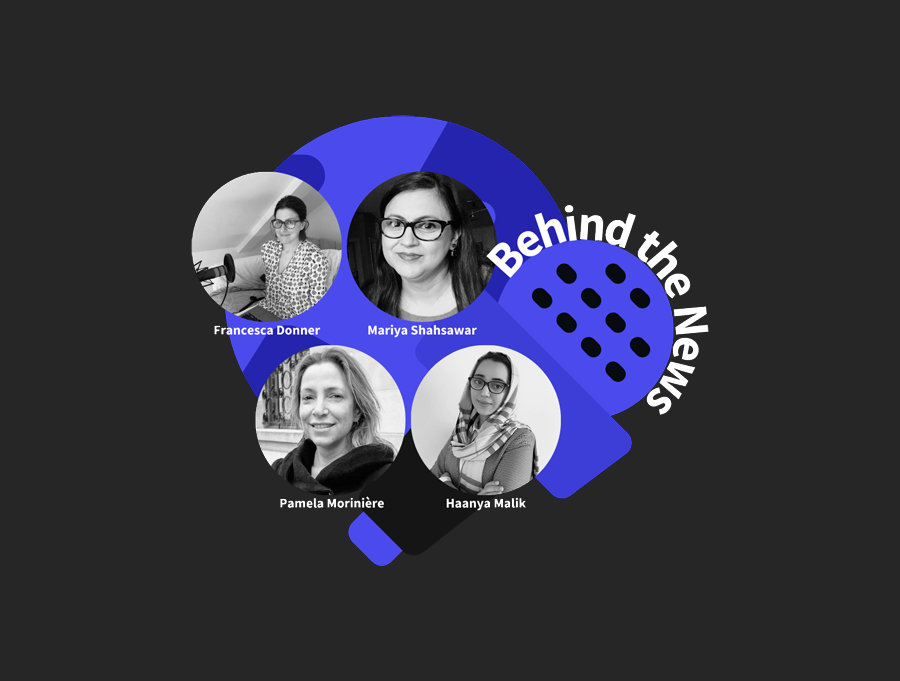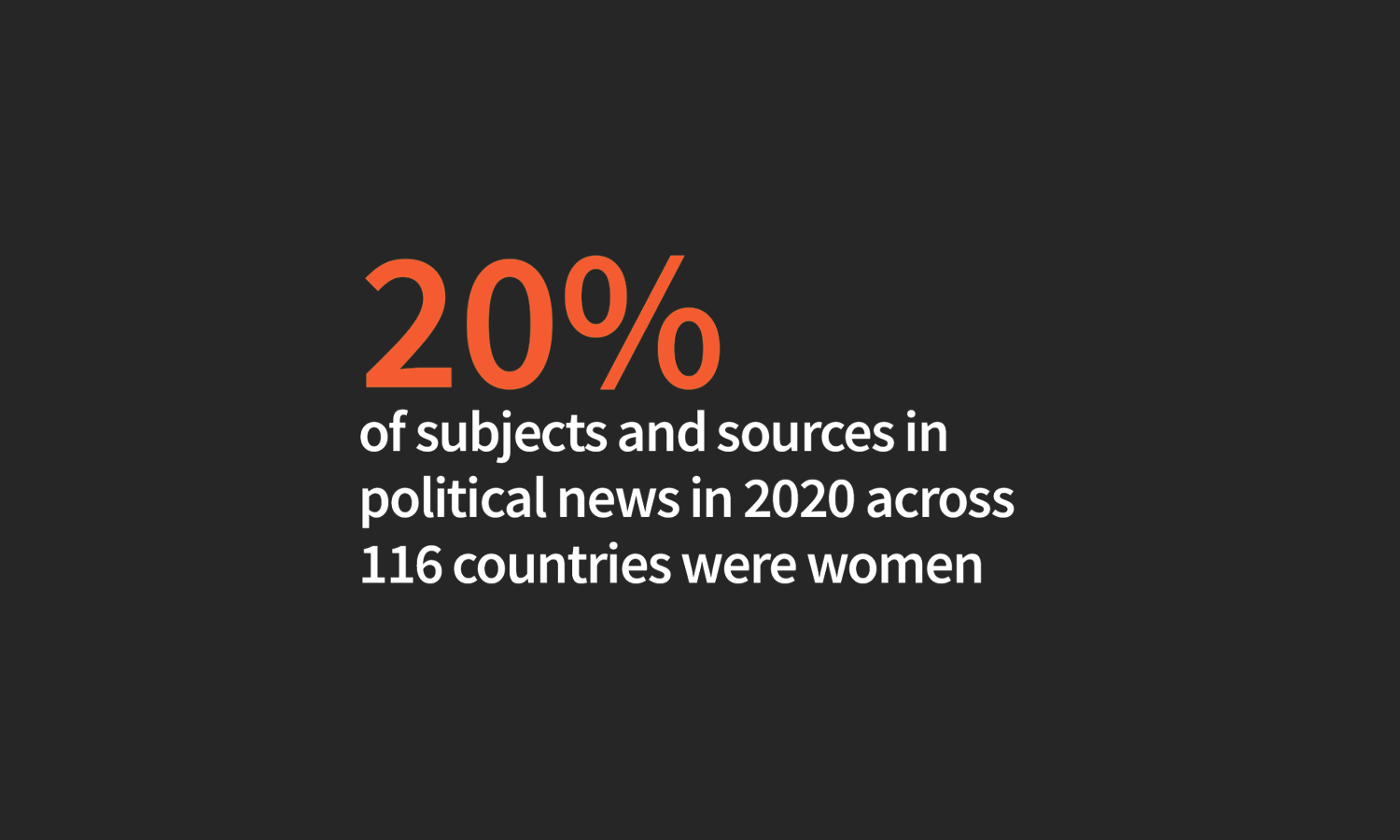In the Balance is a resource center for journalists, to help them make their reporting more inclusive of women’s perspectives and voices, and more representative of the world we live in by applying a gender-lens approach.
Just like a lens can help the eye see better, a “gender lens” allows us to consider the powers at play that have to do with gender in any given situation. Applied to journalism, this means taking into account how gender affects people and events at all stages of producing a news story, to ensure a fuller, more nuanced picture, and richer, more informative news where the audience feels included.
It seems like the most obvious step to take, but we all know it can be tough to find new, credible sources. Luckily, there is a growing number of databases indexing women experts. We’ve put together a list of some of those, as well as a list of helpful grassroots initiatives and organizations for you. Maybe it’ll spark some ideas, and help save you some time.
Oftentimes, research is reported on for a main finding that is deemed newsworthy at one time. But nested in reports and studies are details and bits of information that can spark an idea for a story. Want to start digging? We have a selection for you on a variety of topics to get you started exploring how gender intesects with all beats.
Many journalists all over the world have been doing this work for years. Yet, gender-sensitive journalism remains underrecognized and sometimes, even, misunderstood. To help you get a more concrete sense of what it means to apply the gender lens throughout different stages of the journalistic process, we compiled some advice from renowned reporters and editors.
Our “Peer-to-Peer” series is back! In this first episode of season 2, we talk about gender journalism and it means in 2023 with the editor of “Impact,” a newsletter at the intersection of politics and gender.
The award-winning science journalist and author tells about the steps he’s taken to make his stories more inclusive, and how that fundamentally changed his reporting over the past eight years. He also shares some of what he has learned telling the stories of women amid the Covid-19 pandemic.
The editor-in-chief of independent Afghan news outlet Zan Times tells us about how the project started in 2022 and how it operates today, with women journalists reporting on the field, under the Taliban rule.
> Access all episodes














